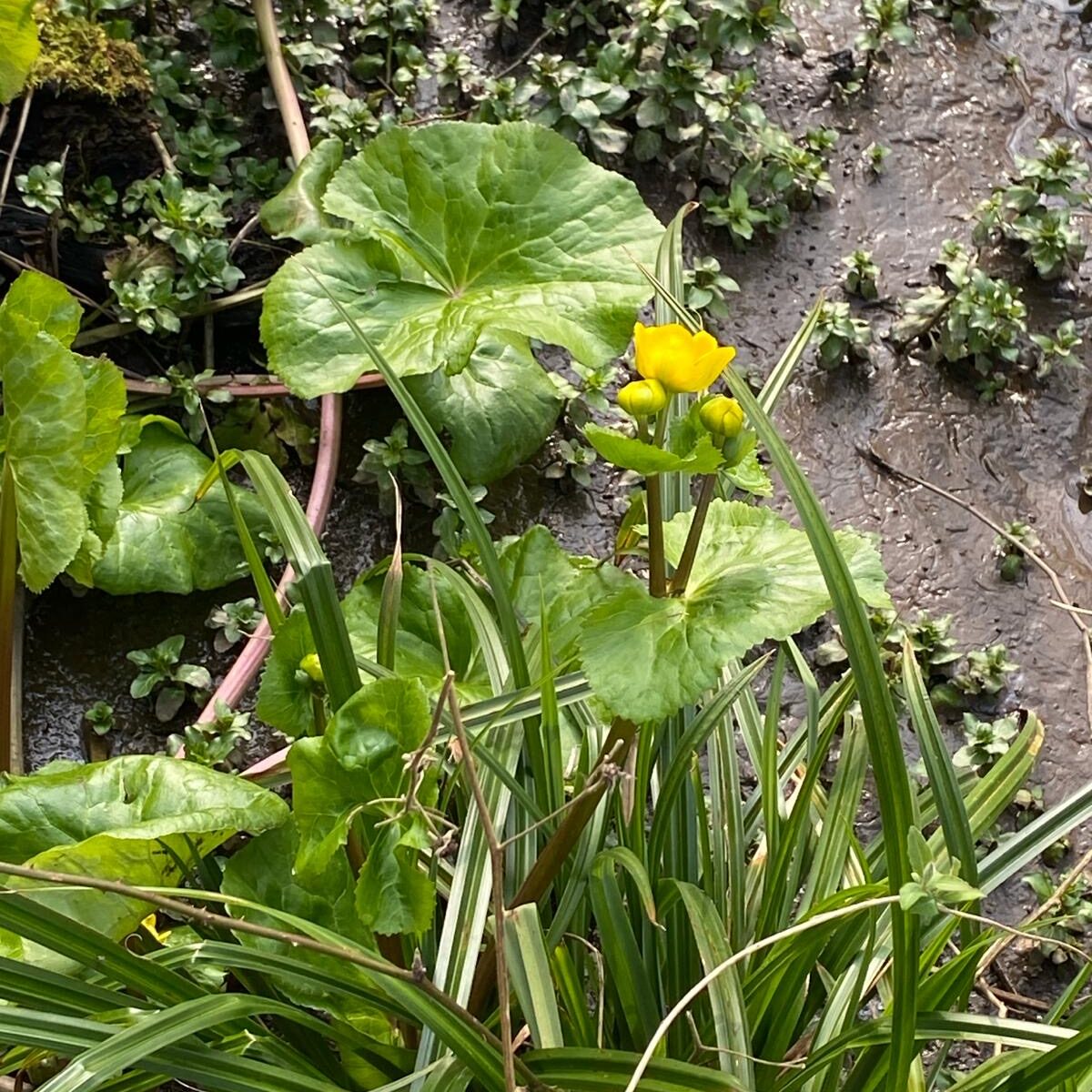Jane Howard gets to the bottom of why so many ponds have disappeared across the High Weald
I have a new passion, almost an obsession, it’s about ponds. And there’s a distinct possibility I might become a bit of a pond bore, but honestly the more you discover the more fascinating they become. And now that I’m hopefully ‘in’ with the Newt Partnership (more of which later) there’s no stopping me.
If you’re interested, the definition of a pond, either man made or natural is a body of still, fresh water between 1m² and 5 acres (an acre being more or less the size of a football pitch) which holds water for at least 4 months a year. And the High Weald has plenty of them. At their peak in the 1800s there were hundreds of thousands of local ponds, but more than 75% have been lost since then leaving around 13,000 mapped ponds in the area, grouped according to how they were created.
There are of course natural ponds found in river valleys or fed by springs, but the majority are the result of past human activity. Drinking ponds were dug out for people and livestock usually within farmyards or villages, and were often a by product of digging out clay to make bricks. Then there are hammer ponds that were created by damming fast flowing streams to provide a suitable head of water to power the hammers and bellows for the forges and furnaces of the iron industry. The small, deep, irregular ponds found on field boundaries are called marl pits, created by the digging out of the bluey/grey marl clay which was spread on fields as a soil improver.
I had never really considered any of this until we were introduced to the Newt Partnership which came to the farm to investigate if we had any potential sites or ponds suitable for creation and restoration. It’s quite hard to become a contender in pond world, with rigorous water quality, wildlife diversity and DNA sampling tests all to be passed before you get the thumbs up. Hedges near the ponds for the newts to travel along coupled with a record of a good local newt population (to give the pond the best chance of being found) also come into consideration.
We have about fifteen ponds on the farm and it seems that a few of these might make the grade and be considered for restoration or conservation, but what caused most interest in newt camp were the ghost ponds. Historical maps of the farm show where ponds once existed, but in the 20th century many were filled in to create more farmland and buildings. However, like magic many can be summoned back to life. So the plan is to dig out these old ponds (even after 100 years the original pond sediment will contain a seed bank that may include now rare species) and then stand back and let nature do its thing. Within a couple of years they should spring back to life with all sorts of flora and fauna including those elusive newts!
But how, I ask, will I know when they arrive (and I’m not even aspiring to the giddy heights of a Great Crested, a Common one or two would do me fine). Seems they are so protected you are not even allowed to look for them, but apparently the grass around the pond will give the game away. Rather endearingly, female newts carefully lay one egg on the underside of a leaf and then bend it over and glue it down, so if you see lots of folded blades on your pond margins you have newts. Can you imagine how exciting that might be!
At their peak in the 1800s there were hundreds of thousands of local ponds, but more than 75% have been lost since then leaving around 13,000 mapped ponds in the area, grouped according to how they were created
You may also like
In the Night Garden
Jo Arnell explains how to make the most of your outdoor space once darkness falls Some enchanted evening you may see me outside – mainly searching for slugs in the garden, because the cool hours of night are when they...
Contain your excitement
Jen Stuart-Smith discusses how to get creative with your pots and planters My love affair with plants started with houseplants when I was a child. As my bedroom windowsill overflowed – resulting, occasionally, in waking up with compost under my...
More than just a pretty face
Jen Stuart-Smith explores the multiple uses of some easy-to-grow garden favourites When you grow flowers for their beauty, shape and colour it can be easy to forget all the other qualities they have to offer. Some are edible, others provide...










